There are no doubt people from all over the world in this community and on this website—some may be chinese, some may not be, and many probably relate to experiencing intersectionality of identities. This is part three of my hanfu story, and I’ll be sharing my view on hanfu as a Taiwanese-American.
So where actually is Taiwan? Taiwan is a small yam-shaped island country off the coast of China, sharing maritime (ocean) borders with Japan and the Philippines. It’s a very beautiful place with a huge variety of landscapes and natural wildlife as well as cityscapes and a vibrant nightlife. Both my parents are Taiwanese, and I’m also a Taiwanese citizen.
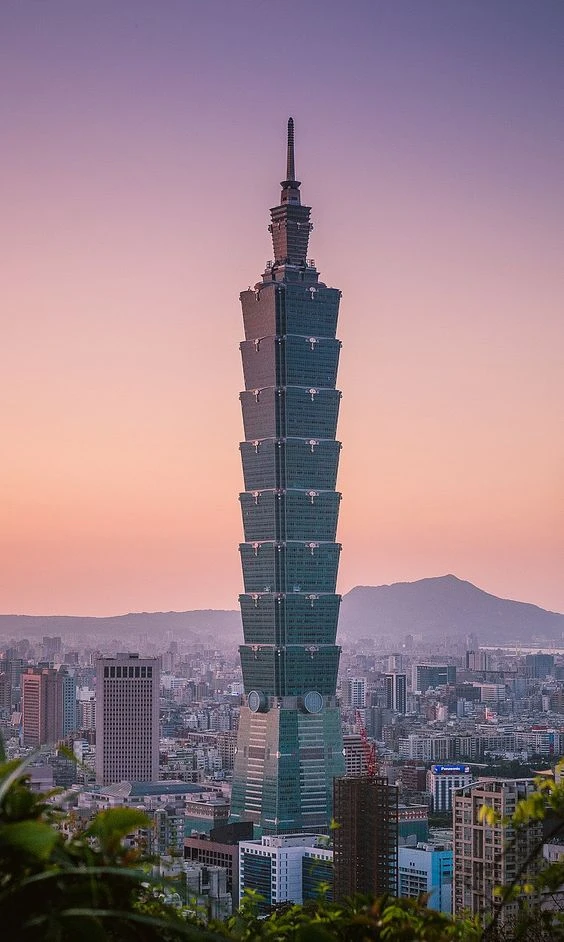
Taipei 101, one of the most prominent landmarks in Taiwan
The interesting thing about Taiwan is how much outside influence it’s gone through due to multiple phases of colonization and rule by other countries. Dutch explorers named it formosa for its beauty when they first came upon it, and much of its old architecture was built by the Japanese when it was under Japanese rule. But let’s look at its rocky relationship with China in an objective, non-political way, to explain my connection with hanfu through my identity.
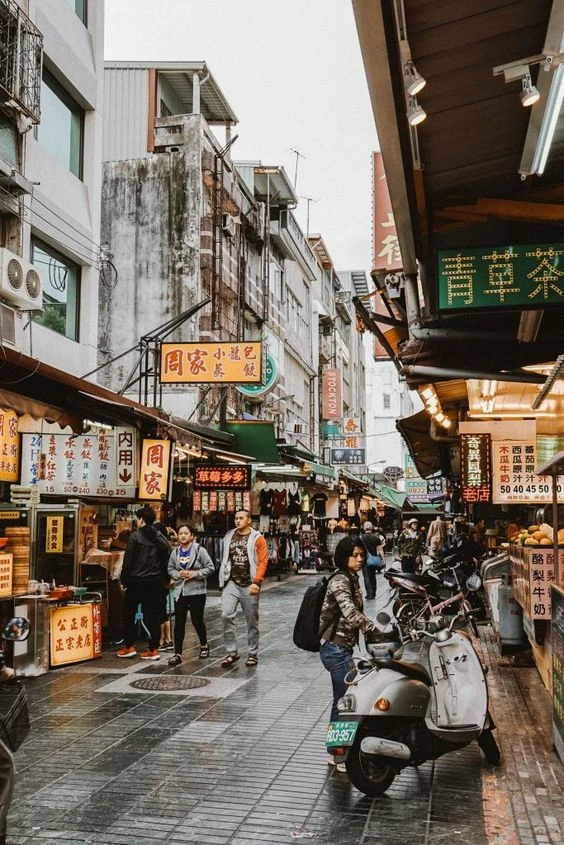
Street view of Taiwan after some rain
Taiwan has been a hotspot for fruit and sugar production for a very long time. People from China had been going back and forth between Taiwan and the mainland for a very long time, but mass migration from the Fujian area and surrounding places happened during the Ming and Qing dynasties, the prior because of the extremely cold temperatures during the little ice age (Taiwan has a more tropical climate and was probably more comfortable) and the latter because many were trying to escape harsh Manchurian rule. A very brief Qing dynasty squabble happened over what rules (e.g. mandatory hair styles and clothing) would apply to people in Taiwan, and some even established their own short-lived Kingdom in Taiwan, but as the Qing dynasty fell most things calmed down.
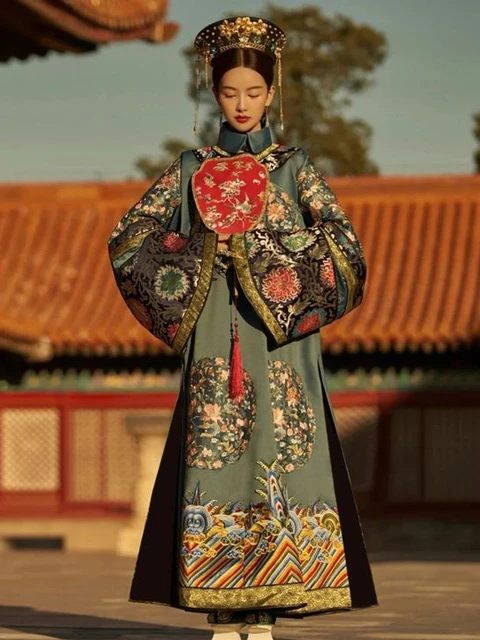
Manchurian styling from the Qing dynasty
The real conflict began during the Chinese Civil War. As many of you may know, this is when the Communists and Nationalists went to war with each other. The Nationalists eventually retreated to Taiwan, bringing a lot of culture and historical articles with them, and took over the island country.
A lot of development has happened in Taiwan since then. Taiwan has since become its own country. Though our connection with today’s China as a country has been mostly severed, and I don’t consider myself nationally Chinese, there is a reason why hanfu is called hanfu, not China-fu.
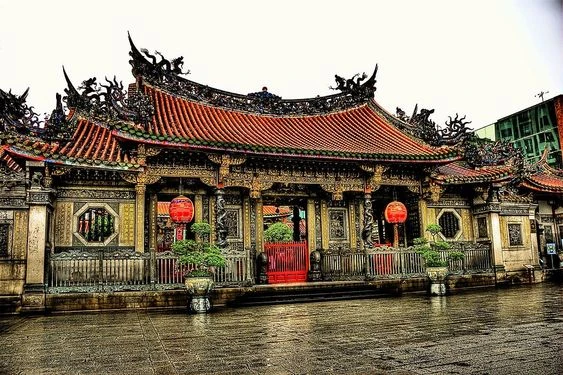
Longshan Temple, one of the most popular temples in Taiwan.
The han- of hanfu is the same han as the 漢 of 漢人, hanren, or the Han people, as an ethnicity. My family came to Taiwan in the late Ming dynasty from Fujian, and would count as part of the Hoklo ethnic group, which makes up a big chunk of the population in Taiwan. The Taiwanese Hoklo people are a minority that is part of the Han people, and share the same roots as all the other Han people pre-separation between China and Taiwan, and hence also the history that Hanfu as a movement stemmed from, so essentially, I feel that my cultural roots come from the same history as Hanfu, just not the same history as today’s China country.
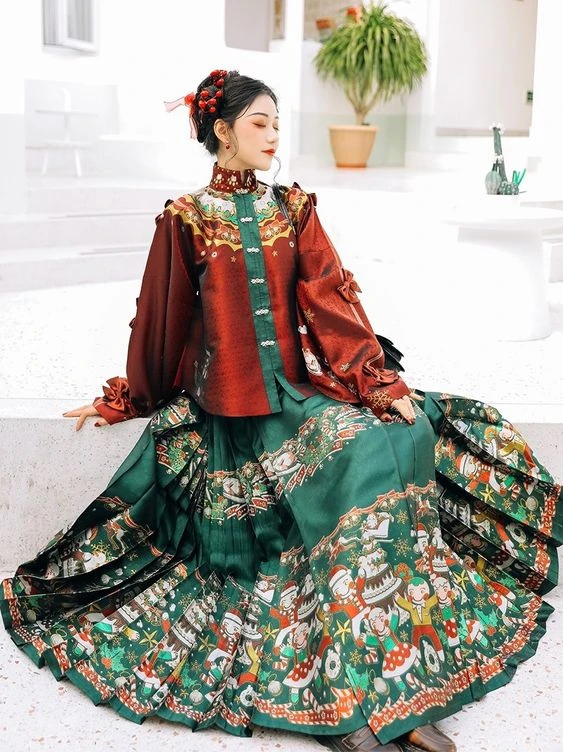
Some modernized Ming dynasty hanfu
Now, things are made even more complicated as I’m a Taiwanese-American, born and raised in America. My main language is English, my education is American and I am an American citizen. As many other asian-Americans probably also know, though, there are unpleasant people everywhere, and so asian racism, however underhanded and subtle, has still overshadowed part of my experience here.
Beyond the malicious intentions of other people or the toxicity of the environment, I also struggled for a long time with my internal interpretation of my own identity. With both identities from America and Taiwan, it becomes difficult to place yourself in one category or another: in America, people see me and think asian, in Taiwan, people immediately regard me as American. Thus it’s very difficult to find a place for yourself. The diaspora that many other asian-americans experience lived in me, too.
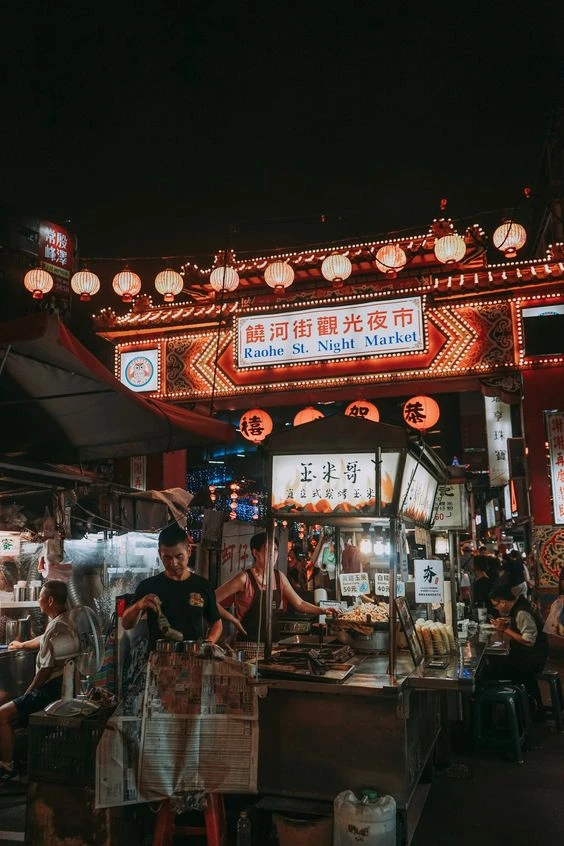
Raohe St. Night Market, one of the many night markets in Taiwan that sells food, clothing, and everything else
It’s made better by the fact that I visit Taiwan multiple times every year and my chinese is far better than many American-born han people for that reason, but I still had this struggle for a while growing up. Enter hanfu, a movement combining fashion, culture, and history, three elements that I really love, in a way that helps me accept my own identity. Instead of things like qipao, which are much more common but that I don’t actually share a historical root with, I can now wear what I’ve seen in historical dramas, historical artifacts like paintings and carvings I’ve seen growing up.
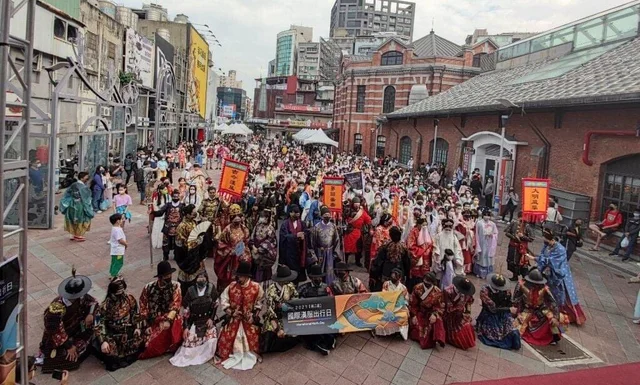
Hanfu parade in Ximending, Taipei in 2021
I think it’s a bit of a shame that there are people who gatekeep this community from respectful participants (obviously disrespectful people are a different case) who simply admire what hanfu can do for them. Hanfu doesn’t mean supremacy or an exclusive clique club, it’s simply another way for us to celebrate another part of life and community. That’s one of the reasons why I’m interested in seeing how hanfu can be integrated into everyday wear and part of the norm of someone’s daily life. I hope that others like me that live on the line between several different identities can also find comfort in this community.
More about My Hanfu Story:
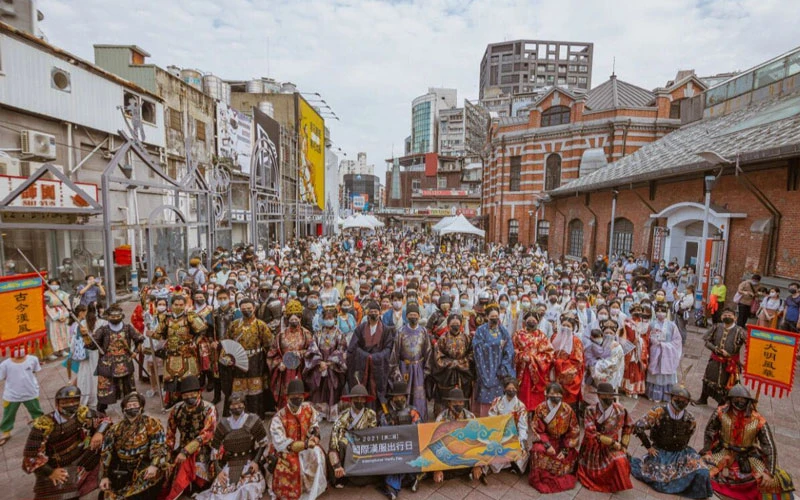

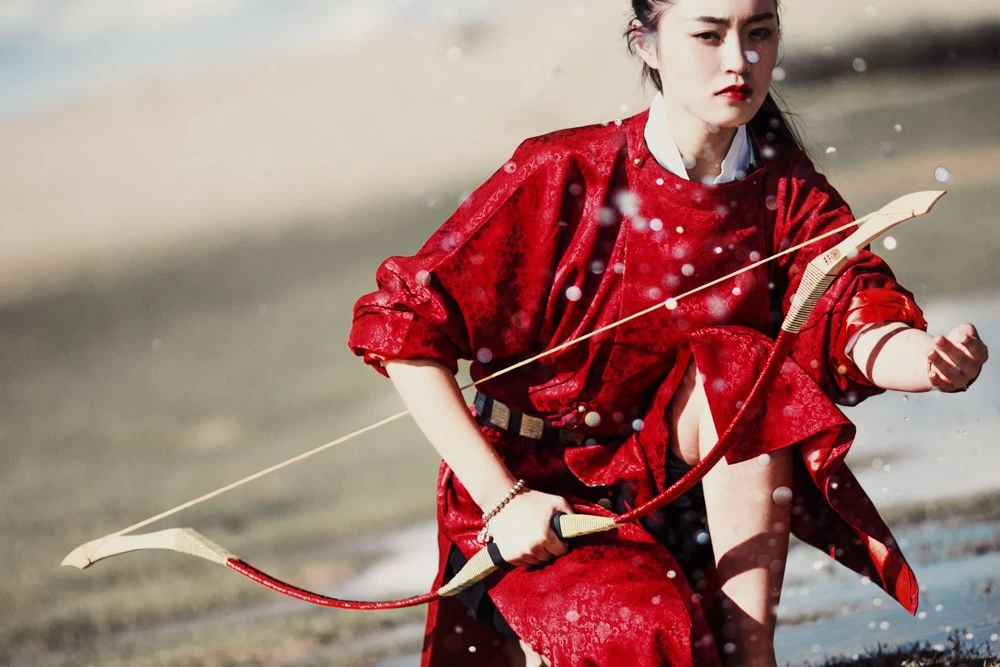
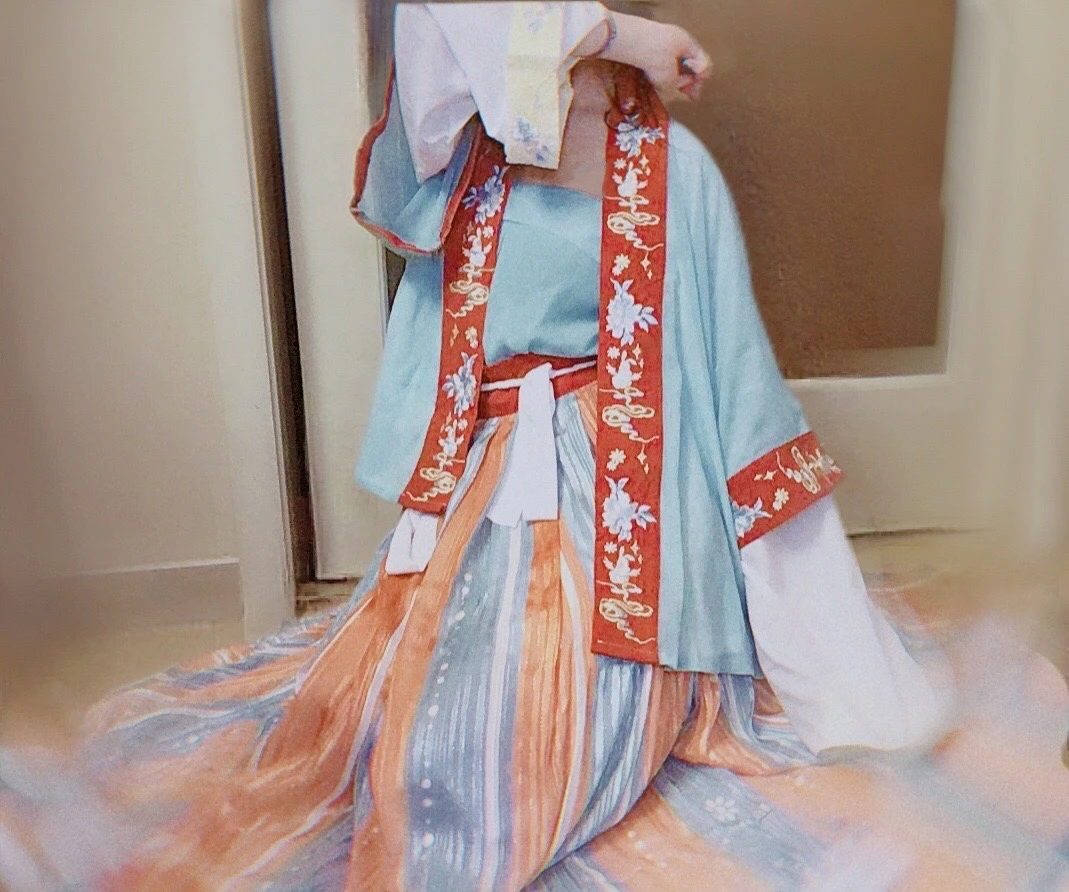

As Chinese fluent diaspora, do you have an opinion on hanfu vs huafu (華服). I came across the term in a tumblr post by ziseviolet. I'd link it but they don't seem to be allowed? (Second attempt at posting this comment. Apologies if there are duplicates)
😍😍😍
Planning a trip to Taiwan after the covid finish!